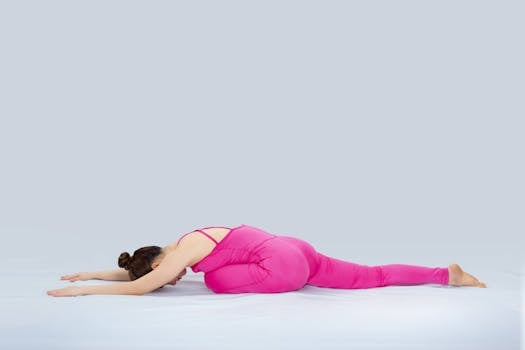
Flexibility Meets Stability: How Yoga and Pilates Complement Each Other
Yoga and pilates are two of the most popular fitness practices around, and for good reason. Both offer a unique set of benefits that can help improve flexibility, balance, and overall well-being. As someone who’s tried both, I can attest to the fact that they complement each other perfectly. In this article, we’ll explore the benefits of combining yoga and pilates, and how they can help you achieve a stronger, more flexible you.
What is Yoga?
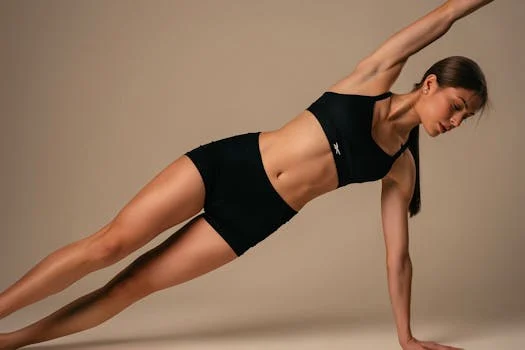
Yoga is an ancient practice that originated in India over 5,000 years ago. It’s a physical, mental, and spiritual practice that aims to unite the body, mind, and spirit. Yoga involves various poses, breathing techniques, and meditation to help improve flexibility, balance, and strength. There are many different types of yoga, including hatha, vinyasa, and ashtanga, each with its own unique focus and style.
What is Pilates?
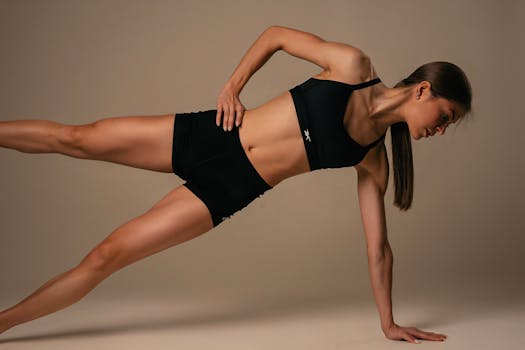
Pilates is a physical fitness method developed in the early 20th century by Joseph Pilates. It’s a low-impact exercise system that focuses on strengthening the core muscles, improving posture, and enhancing flexibility. Pilates involves a range of movements, including mat work, reformer exercises, and Cadillac routines, all designed to engage the mind and body.
The Benefits of Combining Yoga and Pilates
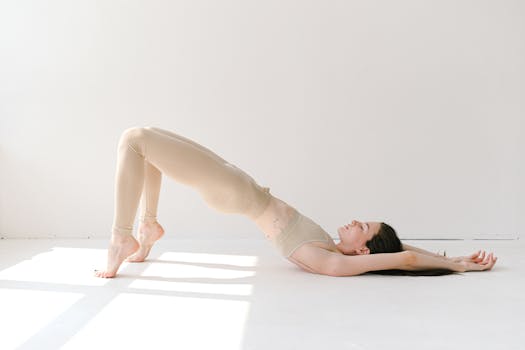
So, why combine yoga and pilates? The answer is simple: they complement each other perfectly. Yoga helps improve flexibility, balance, and strength, while pilates focuses on core stability, posture, and overall physical fitness. By combining the two, you can create a well-rounded fitness routine that addresses all aspects of physical and mental well-being.
Improved Flexibility
Yoga is renowned for its ability to improve flexibility. By practicing various poses and stretches, you can increase your range of motion, reduce stiffness, and enhance overall flexibility. Pilates, on the other hand, focuses on building core strength and stability, which is essential for maintaining good posture and preventing injuries. By combining the two, you can enjoy improved flexibility and stability, making it easier to move and perform daily activities.
Enhanced Core Strength
Pilates is famous for its core-strengthening exercises, which engage the abdominal muscles, back, and glutes. By building a strong core, you can improve your posture, reduce back pain, and enhance overall physical fitness. Yoga, too, offers various poses and exercises that target the core muscles, such as planks, boat pose, and side plank. By combining the two, you can enjoy enhanced core strength, stability, and overall physical fitness.
Better Balance and Coordination
Both yoga and pilates require focus, concentration, and coordination. By practicing various poses, movements, and exercises, you can improve your balance, reaction time, and overall physical fitness. Yoga, in particular, offers various balancing poses, such as tree pose, eagle pose, and crow pose, which challenge your equilibrium and help build confidence. Pilates, too, involves various exercises that require balance and coordination, such as single-leg kicks and side bends.
Reduced Stress and Anxiety
Yoga and pilates are both renowned for their stress-reducing benefits. By practicing various poses, breathing techniques, and meditation, you can calm your mind, reduce anxiety, and enhance overall well-being. Both practices encourage mindfulness, self-awareness, and relaxation, making them perfect for reducing stress and promoting relaxation.
Getting Started with Yoga and Pilates
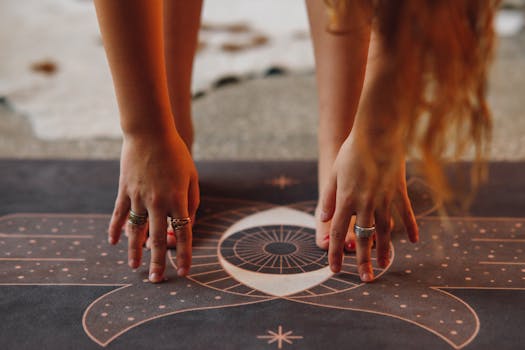
So, how do you get started with yoga and pilates? The answer is simple: find a class, instructor, or online resource that suits your needs and preferences. You can start with yoga or pilates, or try a combination of both. Many gyms, studios, and online platforms offer classes, workshops, and tutorials that cater to all levels, from beginner to advanced.
Finding the Right Instructor
Finding the right instructor is crucial when it comes to yoga and pilates. Look for someone who’s experienced, qualified, and passionate about teaching. A good instructor will guide you through various poses, exercises, and movements, provide feedback, and help you improve your technique. Don’t be afraid to ask questions, seek guidance, or try out different instructors until you find the one that suits your needs.
Investing in the Right Equipment
While you don’t need any special equipment to practice yoga or pilates, investing in a good mat, blocks, and straps can enhance your practice. A good mat provides grip, support, and comfort, while blocks and straps help you modify poses and exercises to suit your needs. You can also invest in a reformer, Cadillac, or other pilates equipment, but these are not essential for beginners.
Conclusion
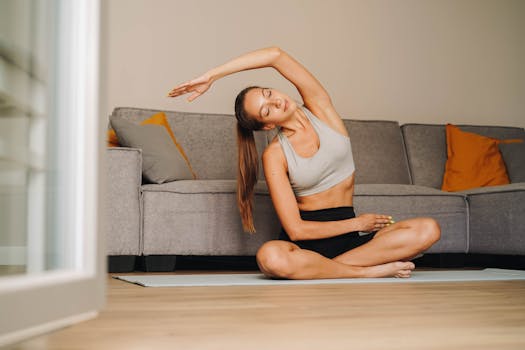
In conclusion, combining yoga and pilates is a great way to achieve a stronger, more flexible you. By practicing both, you can enjoy improved flexibility, enhanced core strength, better balance and coordination, and reduced stress and anxiety. Whether you’re a beginner or an experienced practitioner, yoga and pilates offer a range of benefits that can enhance your physical and mental well-being. So, why not give it a try? Find a class, instructor, or online resource that suits your needs, and start enjoying the many benefits of yoga and pilates today!





